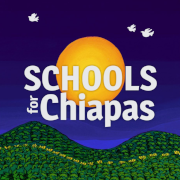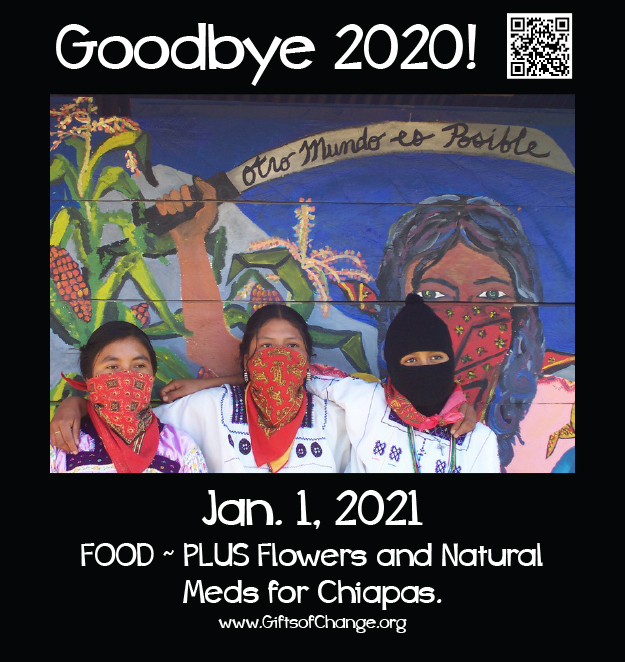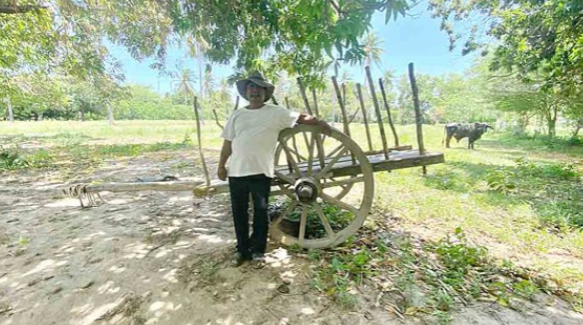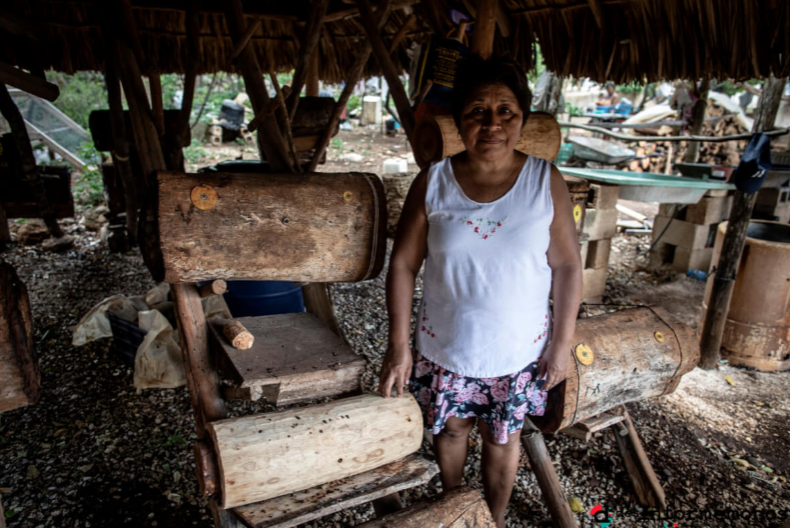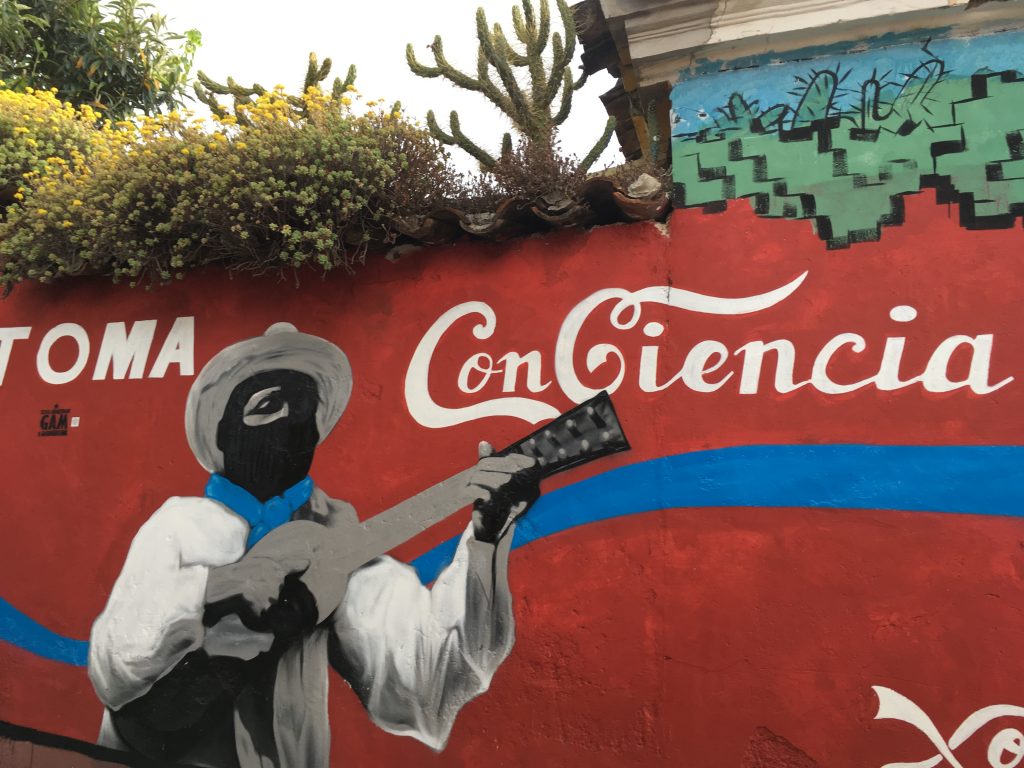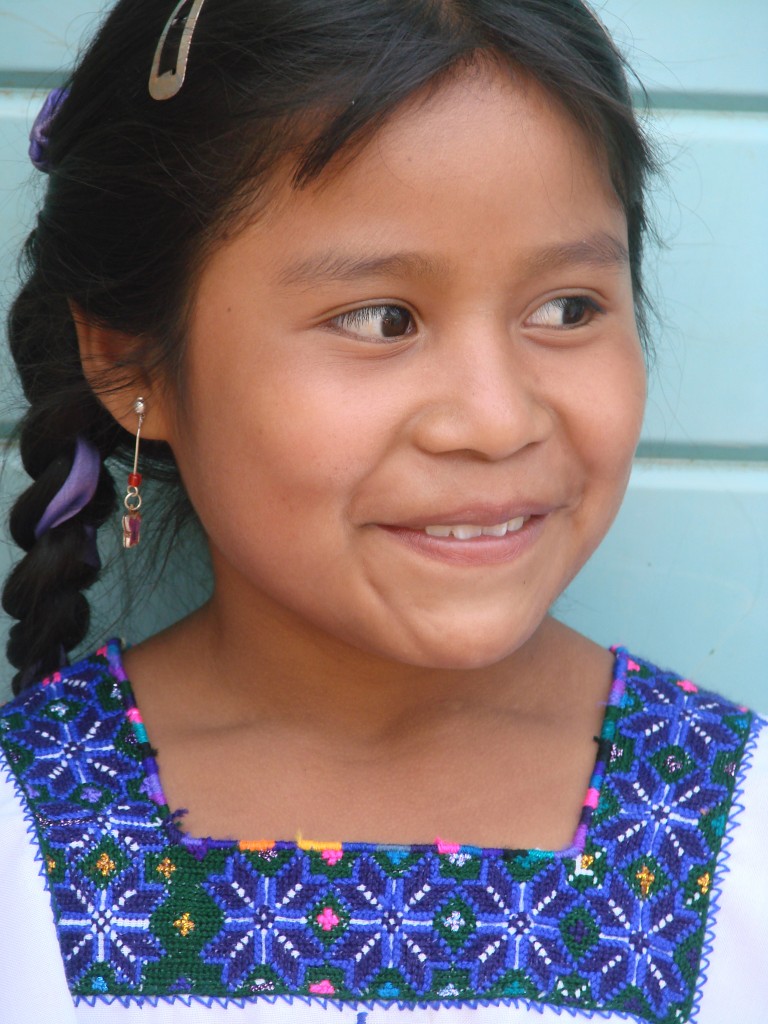¡Ya Basta! January 1st, 2021
It was 27 years ago today when a ragtag army of poorly-armed Mayan peasants — wearing their signature red masks and giving land to those who needed it — first shouted the famous Zapatista slogan of “YA BASTA – Enough is enough!
All donations to support the struggle will be doubled untill the 6th!
